A glimpse into China in the 19th century
Scott Cai
May 15, 2024
[Compiled and published by New Sancai] Four years ago, the British Museum and London University launched a new project involving a network of more than 100 scholars from 14 countries. The aim is to try to understand the experiences of individuals who lived in China during a period of tumultuous change, including a civil war that killed at least 20 million people and the Opium Wars.
In the shadow of these events lie the stories of courts, armies, artists, booming cosmopolitan cities and luminaries on the global stage. Here are some of the most impressive objects and paintings from the time on display in the British Museum. .

△ Colored calligraphy on parchment. Beijing, 1806.
In 1796, the Qing Dynasty ruled more than one-third of all human territory and was one of the most prosperous empires in world history. By 1912, it collapsed, ending some 2,000 years of dynastic rule and replacing it with the modern Republic of China. At that time, the Manchu dynasty was challenged by internal uprisings and foreign invasions. Still, the 19th century was a time of extraordinary cultural creativity and political, social, and technological innovation.
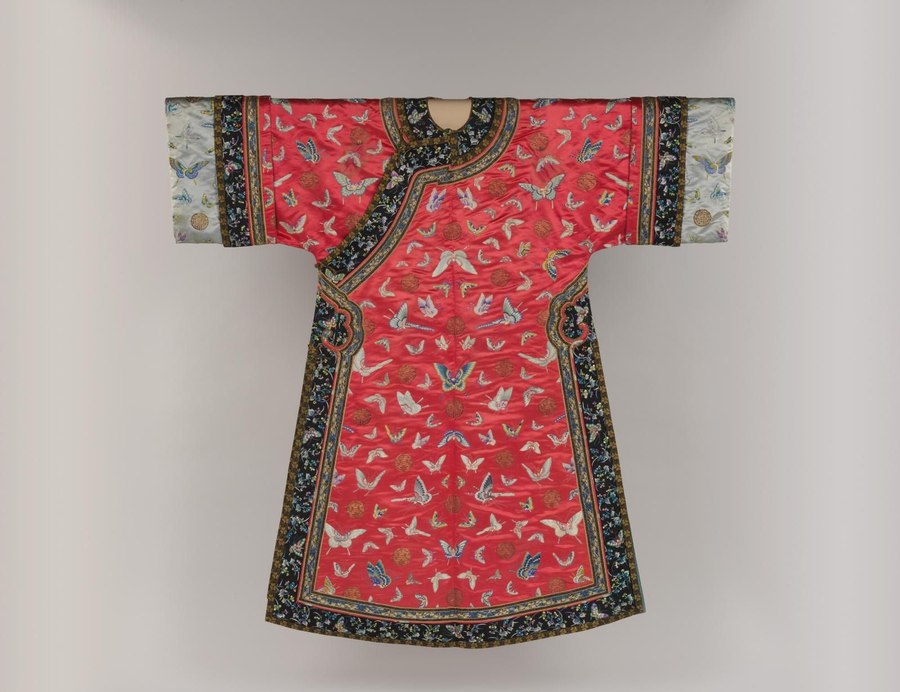
△ Women’s red robe with butterfly pattern. 1895-1911.
From 1796 to 1912, the Manchu Qing government had six emperors on the throne, three of whom ascended the throne as adults, and then three children ascended the throne, with the Empress Dowager Cixi as regent. As the Manchu royal family increasingly adopted Han culture, the image of court figures changed dramatically. The red robe pictured above is embroidered with dozens of butterflies representing happiness, large golden characters wishing for longevity, and a border of plum blossoms symbolizing spring.
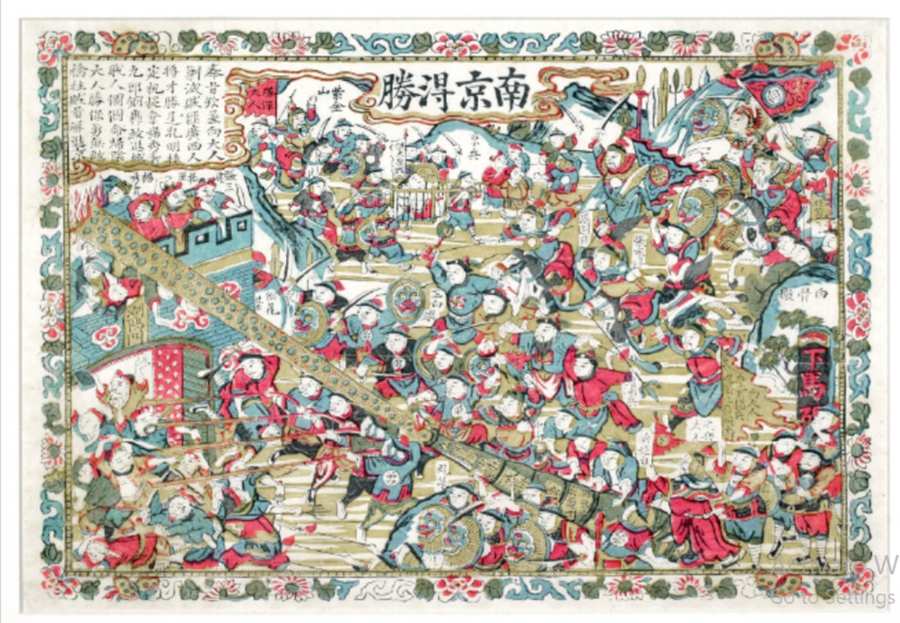
△ Taiping Heavenly Kingdom battle scenes, colorful drawings.
At the end of the Manchu Qing Dynasty, wars broke out frequently, including the White Lotus Uprising (1774-1805), the Xinjiang War (1820s and 1860s), and the Taiping Civil War (1850-64). In addition, international imperialism brought about the Opium Wars (1840-42 and 1856-60), the Sino-French War (1884-85), the Sino-Japanese War (1894-95) and the Boxer Rebellion (1898-1900) . The unrest has deepened tensions, ethnic alienation and conflicts over resources. The civil uprising that broke out in 1912 ended the imperial era. The picture above depicts the Qing Dynasty's final victory over the Taiping Rebellion. The Taiping Rebellion was a Christian group that established its capital in Nanjing and attempted to overthrow the Manchu Qing Dynasty.
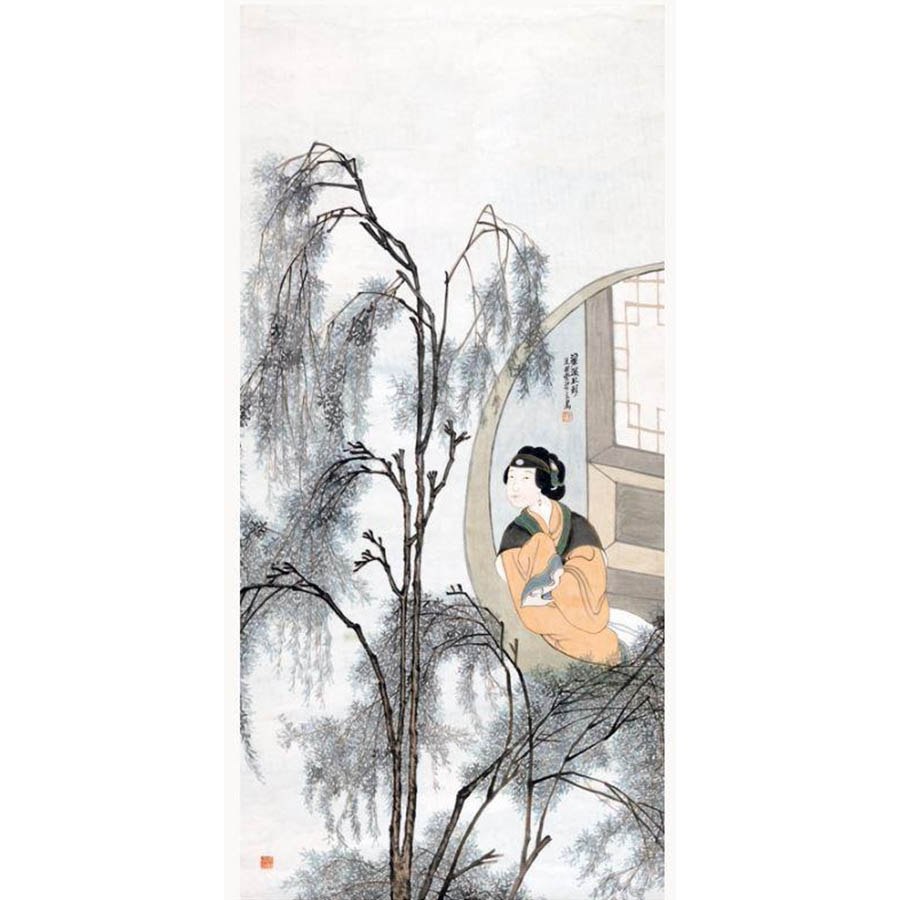
△ Women look out the window at the autumn scenery. Painted by Ren Xiong (c. 1823–1857).
Although the Manchu Empire faced tremendous pressure from war in the 1800s, landscape paintings, fan paintings, and calligraphy and painting albums show that the artistic tradition did not decline with it, but coexisted with more "modern" art. New Western technologies, such as lithography, were still popular among traditional woodblock design artists, as well as new magazines and newspapers in coastal cities. Private collectors from around the world play an important role in the exhibition, sharing exquisite objects with the public for the first time. Among the extraordinary creations in this exhibition are paintings by the famous artist Ren Xiong (pictured above).
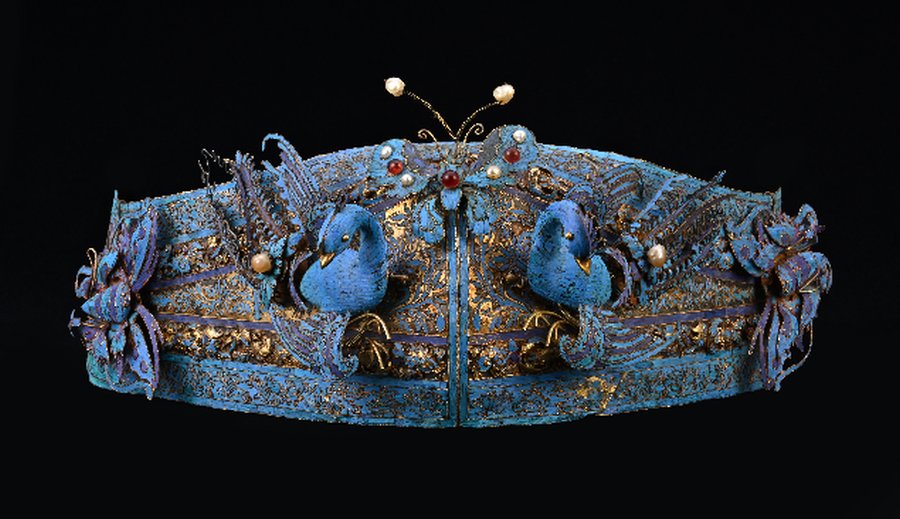
△ Exquisite blue women’s headdress. 1800-1900, China.
By the 1850s, China's population reached a staggering 450 million, but the average life expectancy was only 40 years old. To escape local conflict and find work, many people migrated to cities—and cosmopolitan centers such as Shanghai emerged. While life is extremely difficult for many, some enjoy incredible wealth. Women were mostly not included in official records unless they were noted for the actions of their husbands or sons. Yet much has survived to help us reimagine the world women lived in at the time. Pictured above, for example, this headband is embellished with jade inlays of pearls, semi-precious stones and bright blue kingfisher feathers.
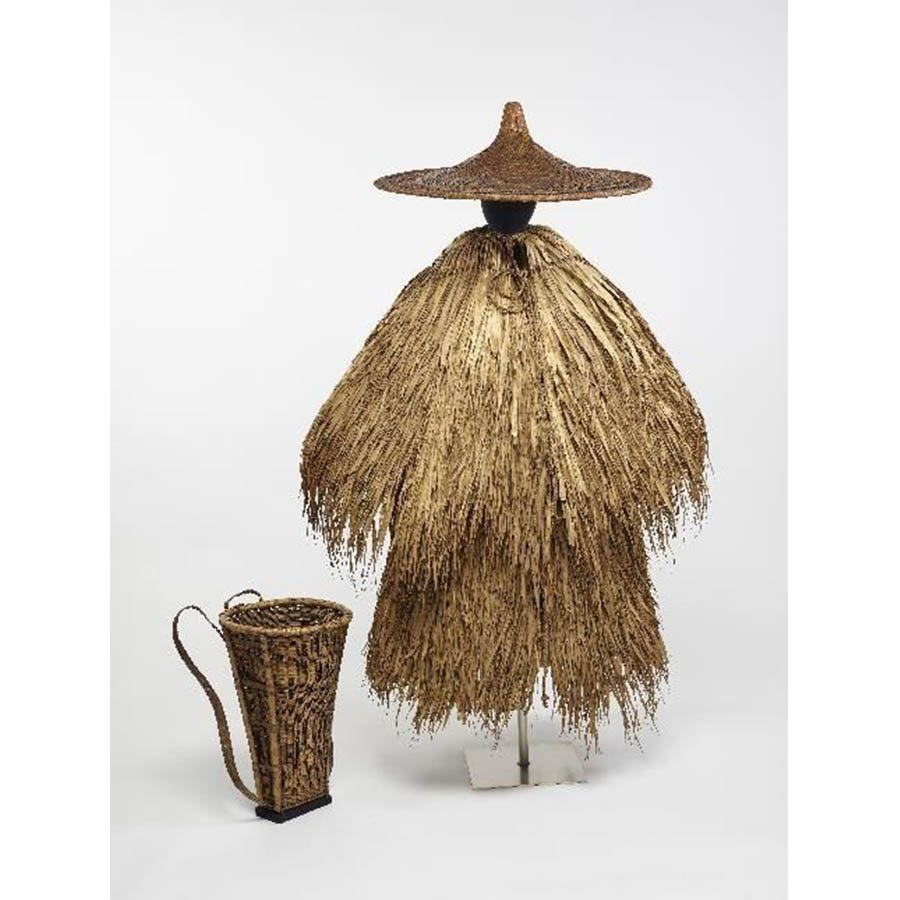
△ Straw hat, coir raincoat and bamboo basket. China, 1800-60.
Representing the millions of people who are not well off is a challenge because so few survive. Rural farmers and fishermen have worn these waterproof raincoats and straw hats for centuries. Poor people in the city, including porters, street cleaners and laborers, also wore this garment to protect themselves from bad weather. There are regional differences in coir raincoats, depending mainly on what plants are available locally. In the south, people use palm leaves or coconut fiber, while in the north they use rice or millet instead. The coir raincoat is made by folding multiple layers of straw or leaves and then sewing them to the upper layer using straw thread.
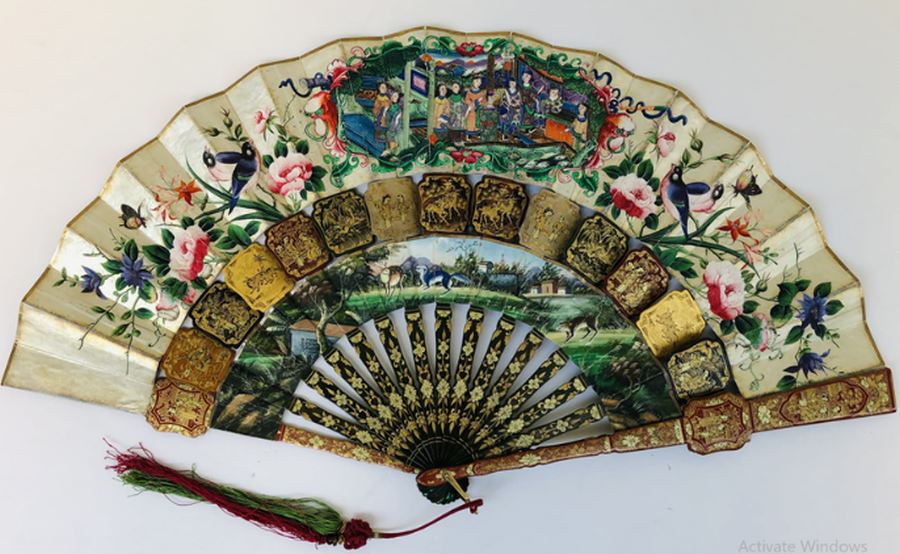
△ Fan with floral pattern. Guangzhou, 1800-40.
Until the 1840s, Guangzhou was the only place in China open to international trade and where foreigners could live. Guangzhou merchants were allowed to interact with merchants from Europe, America, Japan, Russia, South Asia, and expatriates in Southeast Asia.
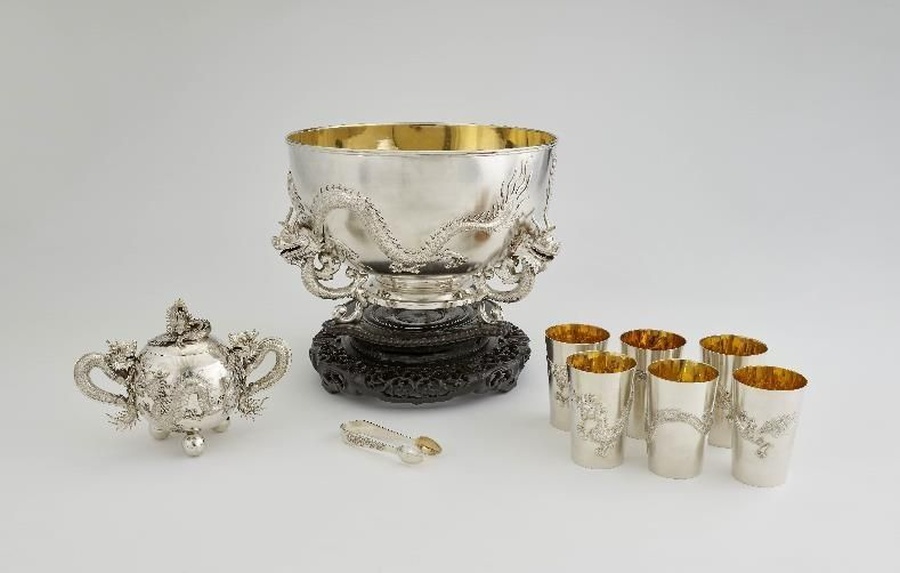
△ Shiny silver punch set. Shanghai, 1905.
The signing of the unequal Treaty of Nanjing (1842) resulted in more ports being forcibly opened to foreign trade. Modern technology and transportation have revolutionized China's industry and changed people's lives. Inventions such as electricity and the new postal system changed the way people worked and communicated. The translation of print media and foreign books provides a window into the world through travel, industry and education.
(Author: Jessica Harrison-Hall)
(Article source: britishmuseum website)
(Compiled by: Bai Ding)
(Editor: Jiang Qiming)
(Source of the article: Compiled and published by New Sancai)
